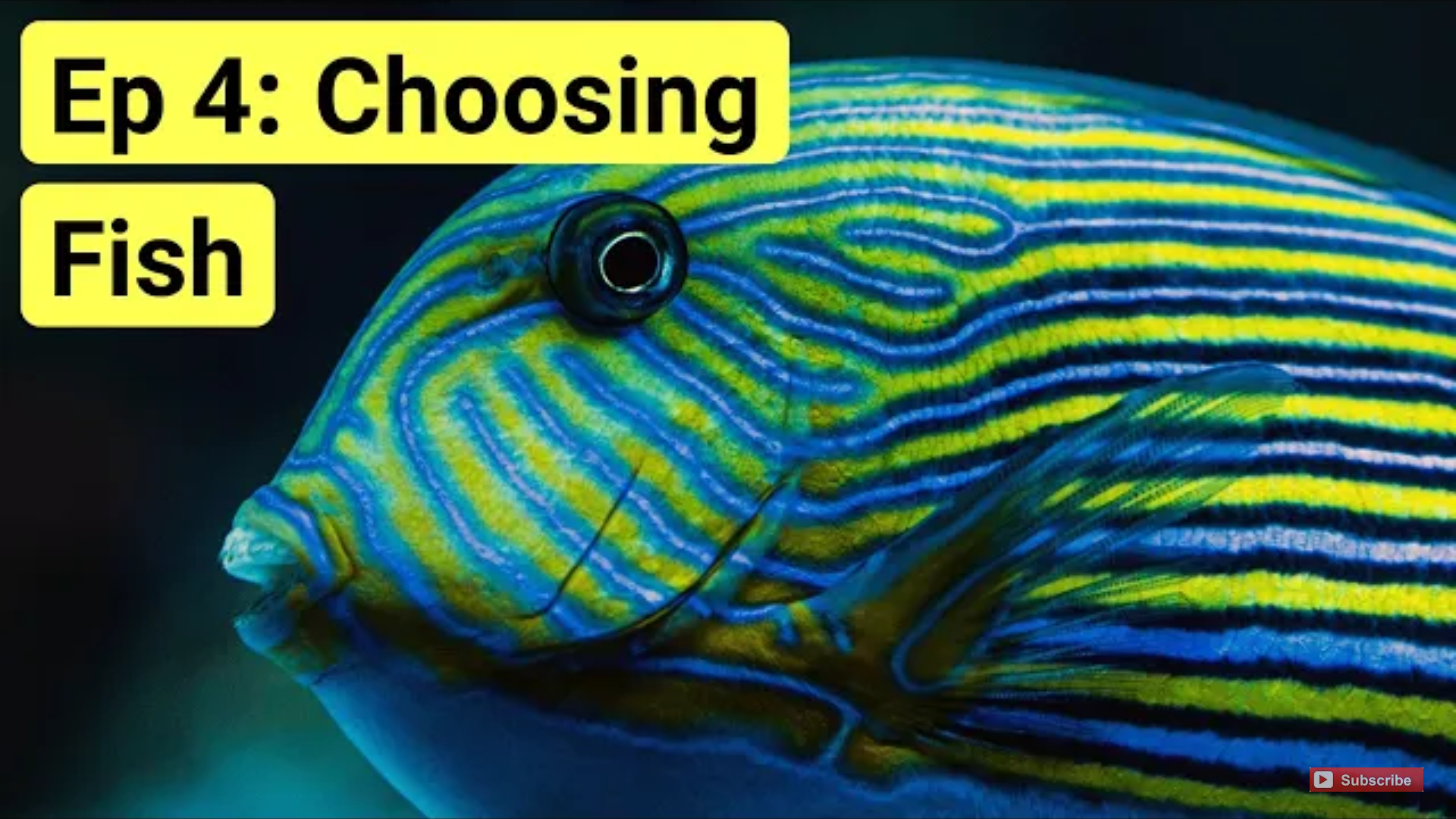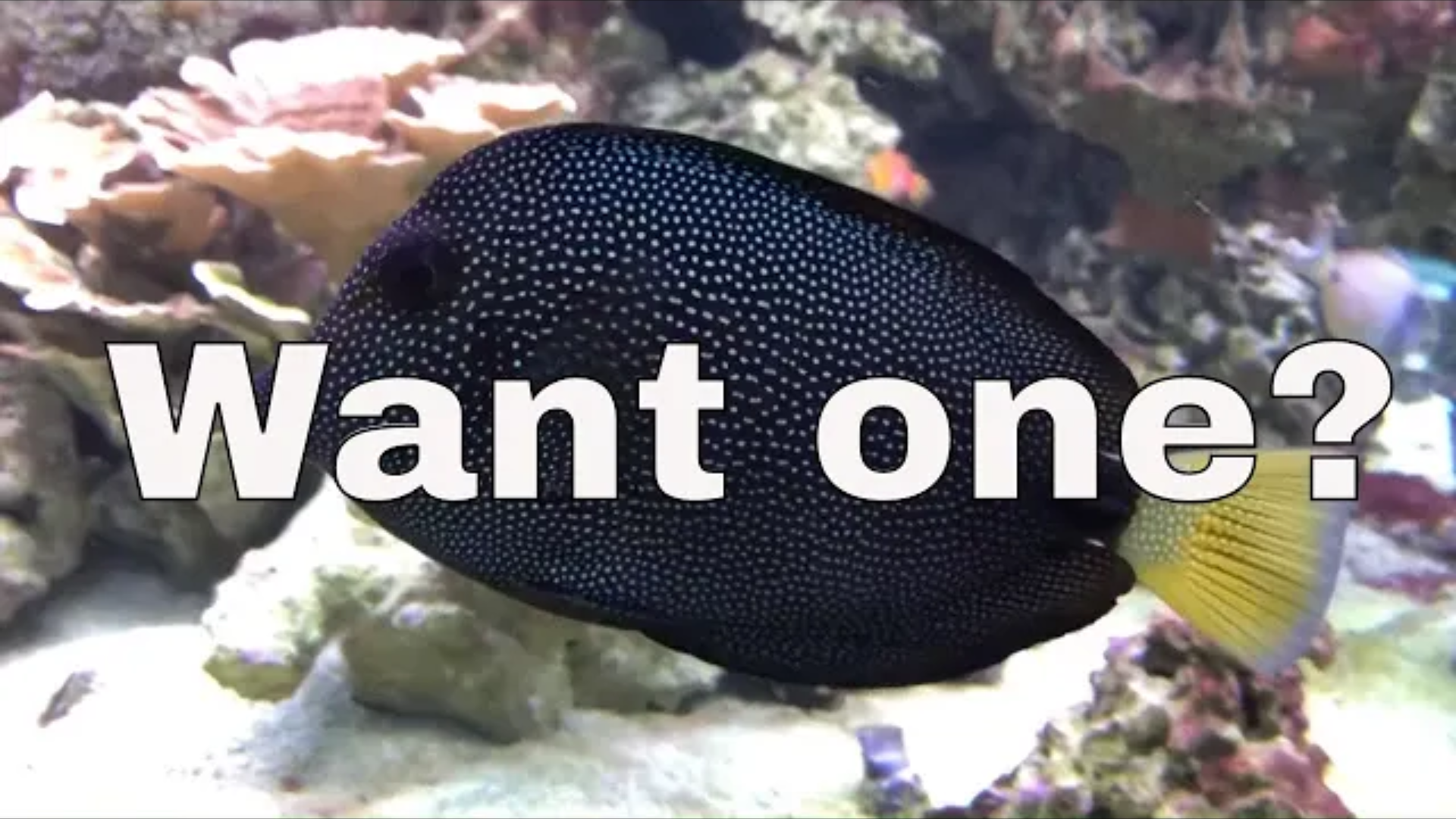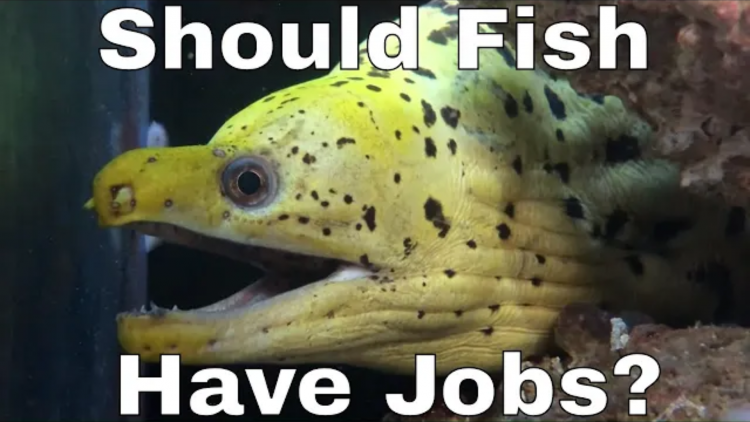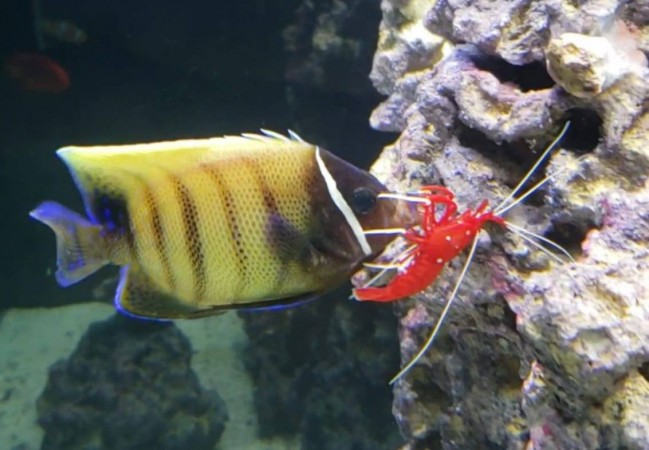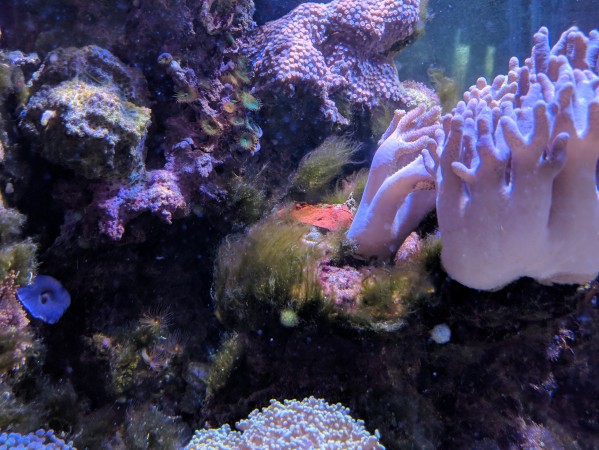- Name:
Sohal Tang
(View AKA's) - Family: Acanthuridae
- Species: Tang and Surgeons
- Scientific Name: Acanthurus sohal
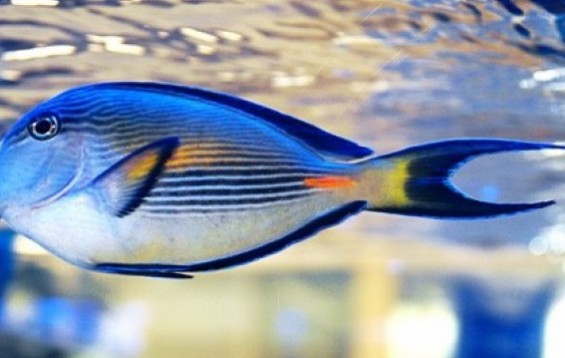

More Details
General info about Sohal Tang
It is found in the Red Sea, to the Persian Gulf, and the Arabian Sea, sometimes in large aggregations, but usually in solitude. These fish commonly inhabit the reef plateau just before the slope and are generally found in depths of less than 20 meters (65'). Wild Sohal Tang specimens can grow to 16 inches; in an aquarium, the adults will normally grow from 7 to 10 inches. The Sohal Tang is hardy, but susceptible to a disease known as Lateral Line erosion, or Hole in the Head. A vegetarian diet high in vitamins, especially beta-carotene can aid in the prevention of development of the disease. Stray voltages are also thought to contribute to this disease and the grounding probe may be beneficial. Sohal Tangs are very aggressive. They should not be kept with other Tangs or Wrasse species. They tend to be well-behaved with old tank mates but try to kill any new additions. They are only suited for large aquariums with other aggressive fish. They do fairly well in very large reef systems with no other Tangs and plenty of swimming room. The blue outline on the fins and the horizontal body striping render them quite striking. Because of its aggression factor and size, this fish should only be kept by an experienced aquarist with a large reef tank.
Relevent Articles
Original Detail
| Name | Species | Family | Scientific Name | More Detail | Added by |
|---|---|---|---|---|---|
| Sohal Tang | Tang and Surgeons | Acanthuridae | Acanthurus sohal | It is found in the Red Sea, to the Persian Gulf, and the Arabian Sea, sometimes in large aggregations, but usually in solitude. These fish commonly inhabit the reef plateau just before the slope and are generally found in depths of less than 20 meters (65'). Wild Sohal Tang specimens can grow to 16 inches; in an aquarium, the adults will normally grow from 7 to 10 inches. The Sohal Tang is hardy, but susceptible to a disease known as Lateral Line erosion, or Hole in the Head. A vegetarian diet high in vitamins, especially beta-carotene can aid in the prevention of development of the disease. Stray voltages are also thought to contribute to this disease and the grounding probe may be beneficial. Sohal Tangs are very aggressive. They should not be kept with other Tangs or Wrasse species. They tend to be well-behaved with old tank mates but try to kill any new additions. They are only suited for large aquariums with other aggressive fish. They do fairly well in very large reef systems with no other Tangs and plenty of swimming room. The blue outline on the fins and the horizontal body striping render them quite striking. Because of its aggression factor and size, this fish should only be kept by an experienced aquarist with a large reef tank. | PalaciosAn |
Changed by users
| Submitted Date | Submitted By | Status | Action |
|---|


